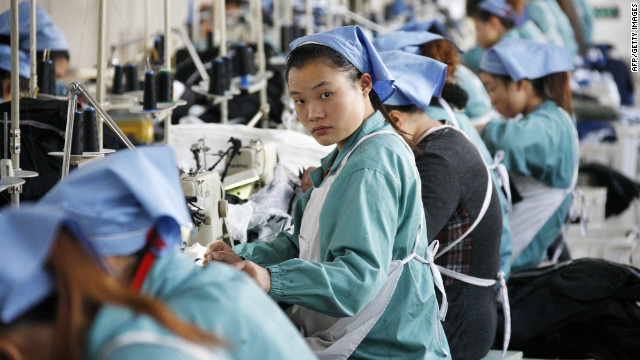|
The People's Bank of China (PBOC), the central bank, published its Annual Report 2008 on August 25, emphasizing the stability of the moderate increase in monetary credit and reaffirming the growth target of total annual money supply, making M2 growth stand at about 17 percent.
The annual report also pointed out that there will always be conflict between currency and prices, but in general the overall level of prices will gradually stabilize in the second half and the risk of another sharp economic decline in the short-term has reduced markedly. The annual report said that the central bank needs to make sure that the monetary credit can increase moderately and steadily by considering macro-control policy and flexibly utilizing various monetary policies and instruments. Financial institutions should resist focusing too much on short-term profits and affecting long-term stable and healthy operation. They should also continue to actively issue loans in a balanced and reasonable manner. Analysts believe that fluidity in the second half may be gradually tightened by slight adjustments needed to reach the 17 percent growth target, given the current growth of M2, which is already as high as 28 percent. In addition, the annual report pointed out that with price trends and the impact of factors including a decline in economic growth and overcapacity, pressure from short-term price drops remains. In general however, with gradual economic recovery in the second half of 2009, and accelerating investment growth in particular, the increased prices of investment products will promote the gradual recovery of the overall level of prices. The annual report also said that the central bank will research policies and measures to cope with unusual changes in the international balance of payments and strengthen the management of the balance of cross-border capital flows, so as to effectively control foreign exchange reserves operation risks. |
|
Chinas central bank reaffirms 17% money supply growth target for 2009
Updated: 2009-8-31 Source: english.ctei.gov.cn

Recommended News
Photo Gallery
Most Popular



